Being in construction I’ve always had extra pieces of PVC pipe left over from jobs. Most times I just threw them away rather than have a stockpile of pieces that were most often too short to use cluttering up my garage. A couple weeks back I had a idea to turn a piece into a birdhouse. It really wouldn’t take much, a short piece of 3 or 4 inch PVC and a cap for each end. Of course as usual I got carried away and instead of a cap at one I decided to put a clean out to make it easier to clean each Fall. I did a quick Google search to see if there were any plans floating around and was surprised to find only one which was from the Cornell Lab of Ornithology. Here’s a link to their page with the original plans created by Dan Mennill.
.http://web2.uwindsor.ca/courses/biology/dmennill/nestbox.html
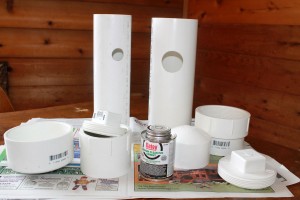 I changed the plans just a little to make the length of pipe work out better if you were to make several birdhouses out of a standard 10 foot piece. As I mentioned before I also used a cleanout for the bottom and just a regular cap for the roof.
I changed the plans just a little to make the length of pipe work out better if you were to make several birdhouses out of a standard 10 foot piece. As I mentioned before I also used a cleanout for the bottom and just a regular cap for the roof.
As you can see by the image I made one from 3 inch PVC and one from a piece of 4 inch. The 3 inch pipe has a 1 1/4 inch hole for chickadees, nuthatches, titmice, wrens or Downy Woodpeckers. The 4 inch pipe has a 2 inch opening for lager birds such as a Red Headed Woodpecker. Since PVC is so smooth the most important thing to do is to roughen up the inside of the pipe on the entrance side. I used a dremel with a small grinder bit and made horizontal grooves from the bottom of the pipe to just above the hole. The fledglings will need a toe hold to get to the entrance to leave the nest. Without this roughed up surface the chicks surely would be trapped inside the nest so make sure you roughen it up pretty well before you put the caps on each end. Your also going to want to roughen up the exterior of the pipe around the hole so the birds coming to the house can also have a toehold. A piece of 80 grit sand paper will also do the trick. Here’s what you’ll need;
- one 11 3/4 inch length of 3 or 4 inch PVC
- one PVC cap
- one PVC cleanout assembly (threaded hub and threaded coupling)
- PVC cement
Drill either a 1 1/4 (for 3 inch PVC) or 2 inch hole (for 4 inch PVC) down approximately 1 1/2 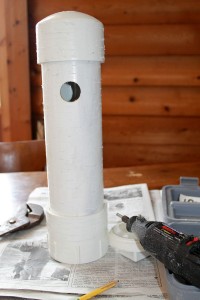 inches from the bottom edge of your cap. Make sure you roughened up the inside before gluing on the caps. Apply a liberal amount of glue your PVC cap and cleanout assembly and attach then to your pipe. On the back side of the pipe I cut in two keyhole slots, one near the top and one near the bottom. The keyhole slots will allow the birdhouse to slide over two nails that you put into the tree. The extra nail at the bottom will stabilize the house from any unnecessary movements.
inches from the bottom edge of your cap. Make sure you roughened up the inside before gluing on the caps. Apply a liberal amount of glue your PVC cap and cleanout assembly and attach then to your pipe. On the back side of the pipe I cut in two keyhole slots, one near the top and one near the bottom. The keyhole slots will allow the birdhouse to slide over two nails that you put into the tree. The extra nail at the bottom will stabilize the house from any unnecessary movements.
I went a little further and took my dremel tool and carved lines into the pipe to give the impression of birch bark. I cut the top off a black ink pen, squeezed out some ink on a paper plate and used a toothpick to rub ink into each horizontal line. You can go a little further even and get 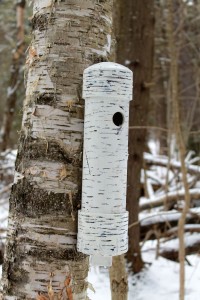 some birch bark off a dead downed tree and use contact cement to adhere it to the PVC to really simulate a birch branch or trunk. I may do a few up myself that way and post them here.
some birch bark off a dead downed tree and use contact cement to adhere it to the PVC to really simulate a birch branch or trunk. I may do a few up myself that way and post them here.
The house I built on this page is made from Schedule 40 PVC which can get a little expensive. There’s really no need to use such a heavy duty pipe, I only did because I already had the pipe. If you want to make a few of these up you should purchase the more economical thin walled PVC which you’ll find at any building supply store. They’ll also have all the fittings you will need as well. If you purchased a 10 foot piece of 3 inch thin walled PVC you should be able to build your first house for approximately $17.00 excluding tax and glue. Each additional house after that will only cost you around $8.00 bucks because all you have to buy for each house are the end caps.
You don’t have to disguise them as birch bark either, you can paint them any color but remember the darker the color the hotter it will be inside the birdhouse. Since this type design is pretty much water tight there isn’t a need for drain holes at the bottom but you can still drill a few into the bottom of the clean out and a few holes just under the edge of the top coupling for air circulation. Unlike wood These PVC pipe birdhouses will last a lifetime and beyond.
Happy Birding !!






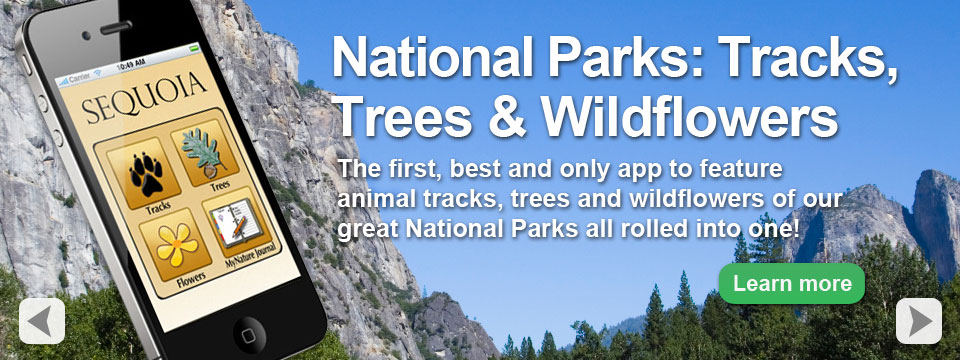
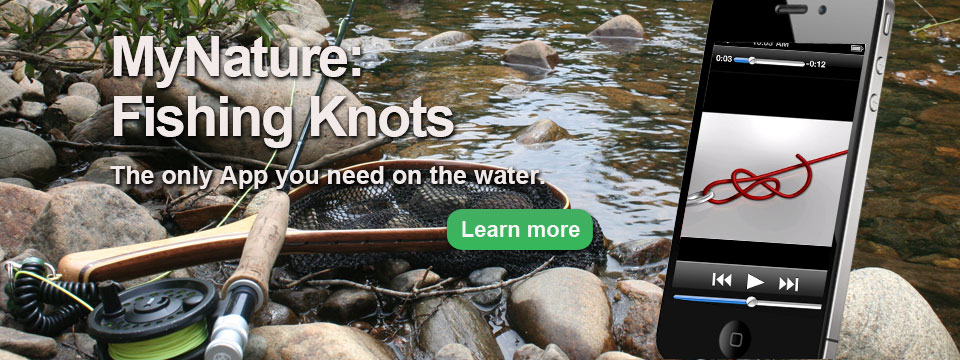



 2. Florafolio
2. Florafolio










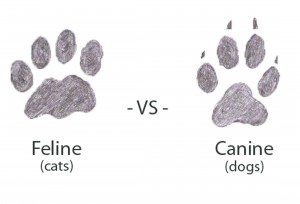

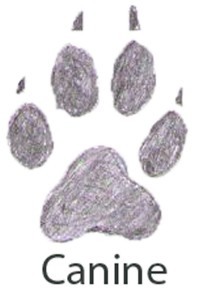


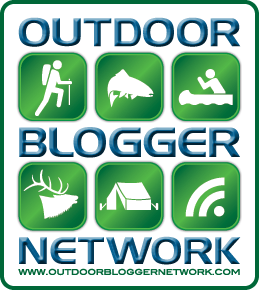

What Others Have to Say